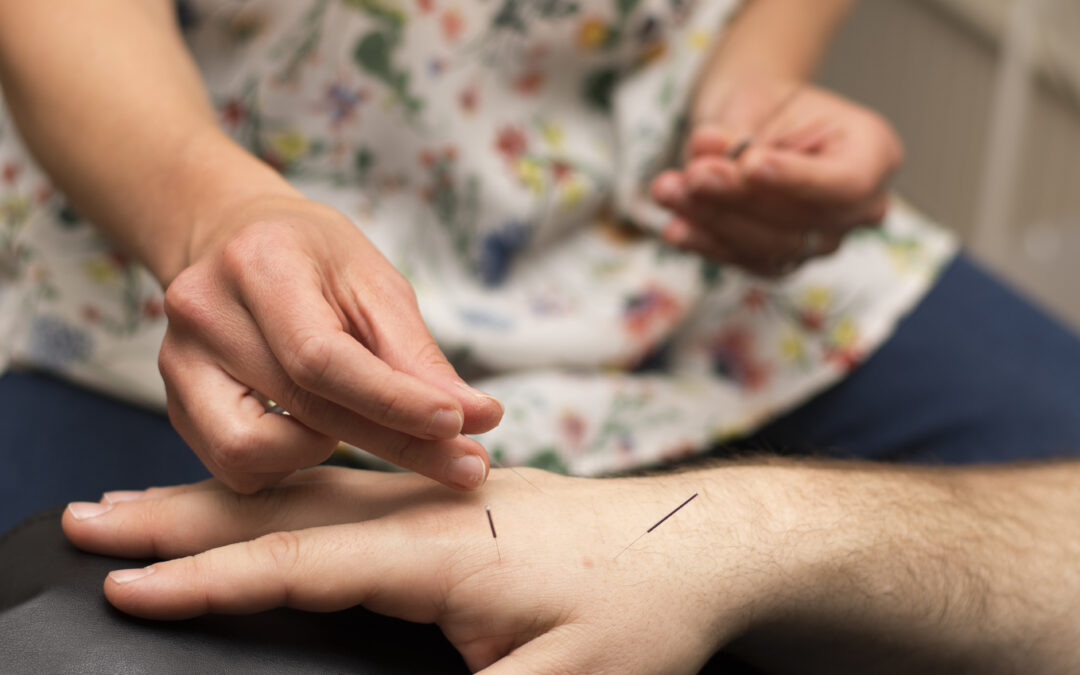Acupuncture and dry needling both use acupuncture needles (solid filiform needles), but the similarities end there.
Acupuncture
Acupuncture is a holistic treatment in which needles are placed in several locations throughout the body to treat a wide variety of health conditions. Acupuncturists typically use thinner needles than those used in dry needling. The sensation of needle insertion is subtle, not painful. Acupuncture points are based on knowledge and experience that has been in use over 2,500 years as part of Traditional Chinese medicine. Acupuncture points are selected based on their known actions and effects. Pain can be treated effectively without directly needling areas of pain.
Dry Needling
Dry needling is commonly available in physical therapy settings as an approach to treating musculoskeletal conditions. A dry needling session is used in addition to strengthening exercises, not as a stand alone treatment. It is called dry needling because nothing is injected through the needle. Dry needling typically involves slightly thicker needles than the kinds used in acupuncture treatments. The needle is inserted directly into trigger points with strong stimulation. Because dry needling occurs at trigger points and is a more aggressive treatment, it can be painful.
The biggest difference between dry needling and acupuncture is the amount of training required by the practitioner. Acupuncturists are required to have significantly more training. In Massachusetts, acupuncture licensing requirements include “a minimum of 1,905 hours of clinical and didactic instruction in acupuncture related courses, of which a minimum of 100 hours must be in the supervised diagnosis and treatment of patients.” Physical therapists must have documented successful completion of an approved dry needling course of study, which includes a minimum of 24 hours of face-to-face dry needling course study.
That’s a REALLY big difference in training!

